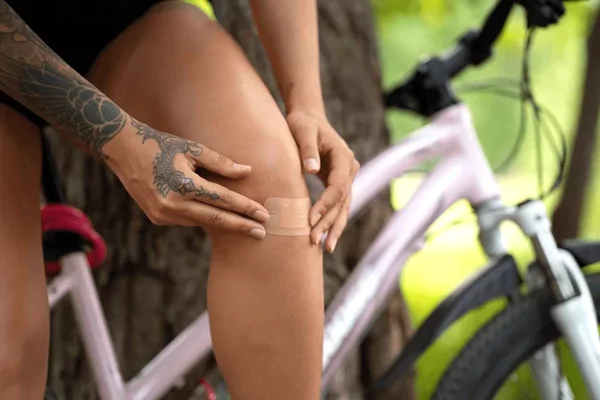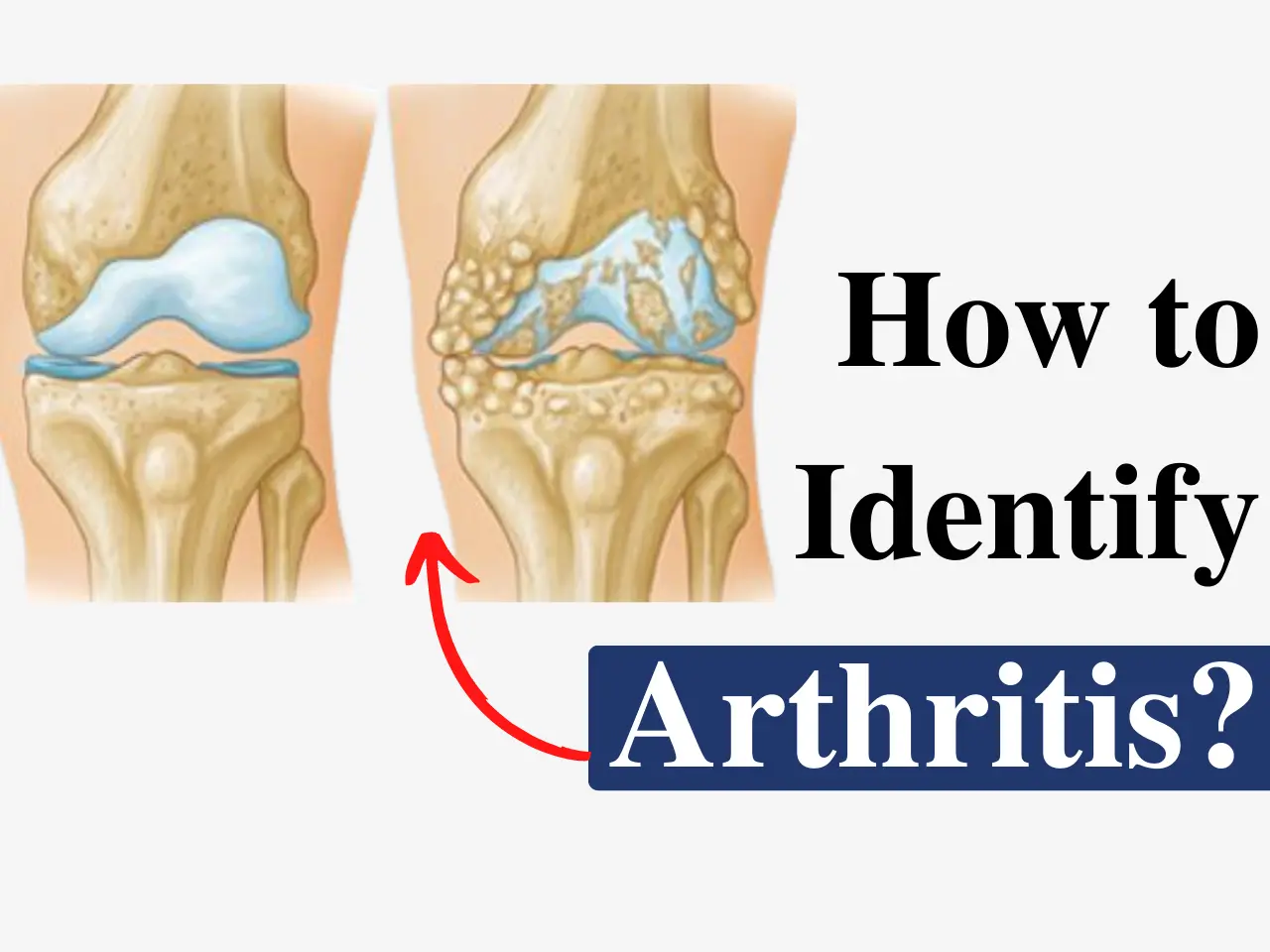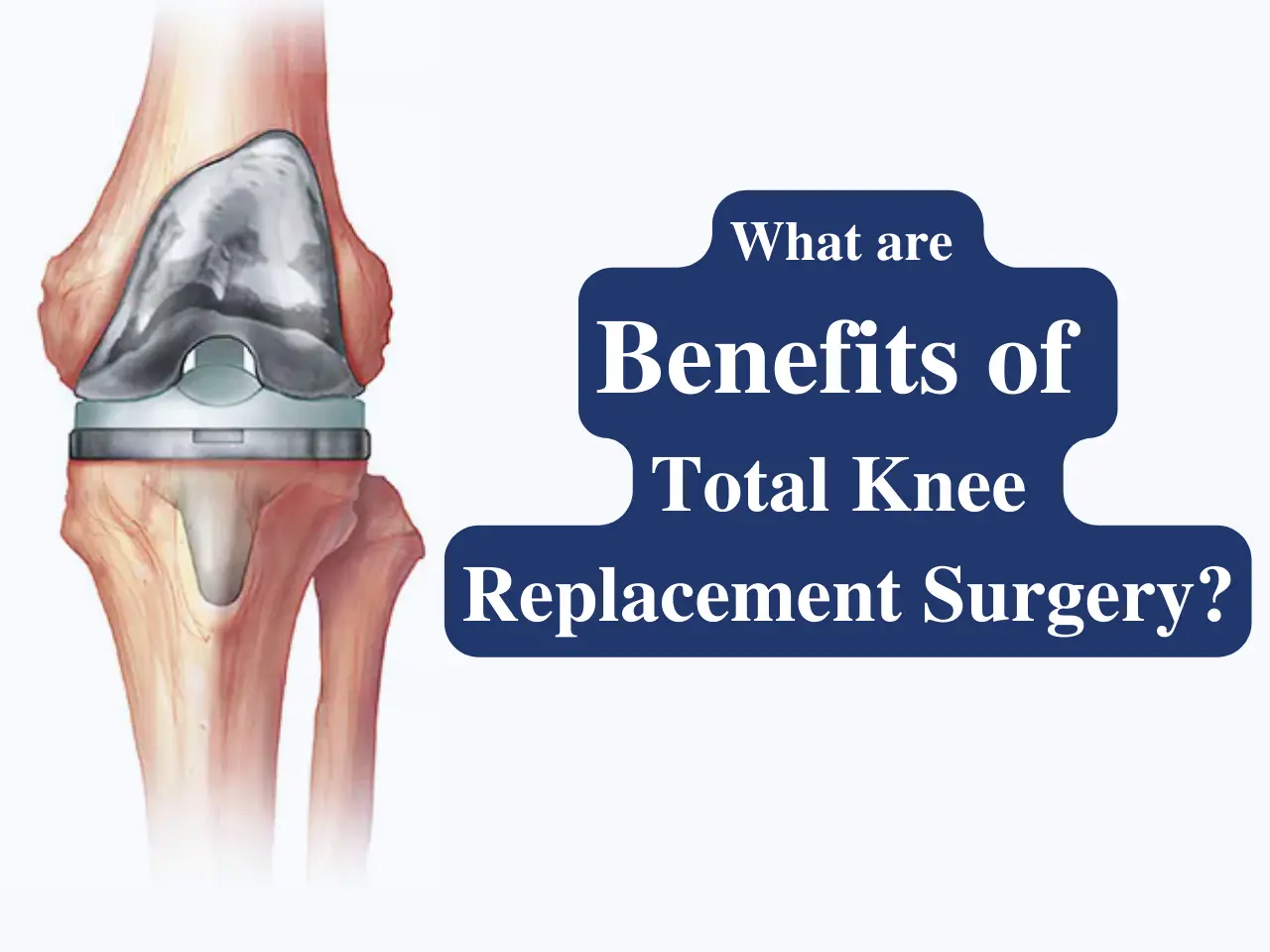Recovering from knee replacement surgery is a journey that combines medical expertise, patience, and the right kind of movement.
One activity that often raises questions among patients is cycling after knee replacement. Is it safe? When can you begin? And is it truly beneficial?
At the Cheshire Hip & Knee Clinic, led by renowned knee replacement surgeon in Cheshire, Mr. Nikhil Pradhan, patients receive personalised care plans that often include low-impact exercises like cycling.
This article dives deep into the role of cycling in recovery, safety precautions, timelines, and how it compares to other exercises like walking.

Is It Safe to Cycle After Knee Replacement?
Why Cycling Is Often Recommended?
Yes, it is generally safe to cycle after knee replacement, but under the right conditions and medical guidance. Cycling offers a low-impact way to:
- Improve knee joint flexibility
- Strengthen surrounding muscles
- Boost cardiovascular endurance
Compared to high-impact exercises like running, cycling is gentler on the new knee joint and supports smoother recovery.
Medical Perspective
Experts like Mr. Nikhil Pradhan often recommend beginning with a stationary bike after knee replacement during early rehabilitation.
This allows controlled motion, no risk of falls, and a way to gently reintroduce the knee to functional movement.
Always consult your surgeon before beginning any exercise. What’s safe for one patient may not be appropriate for another.

When Can You Start Cycling After Knee Replacement?
General Timeline
Recovery timelines vary, but most patients can expect the following:
- Weeks 1–4: Focus on healing, walking short distances, and light physiotherapy.
- Weeks 4–6: Gentle cycling on a stationary bike can often be introduced, depending on recovery.
- Week 6 and beyond: If your strength and flexibility improve, you may be cleared for outdoor cycling.
Factors That Influence Timing
The answer to “How soon can I ride a bike after knee replacement?” depends on several factors:
- Your overall health and age
- Pre-surgery fitness levels
- Type of knee implant
- Surgeon’s recommendations and physical therapy progress
Regular assessments at a dedicated knee replacement clinic in Cheshire will help track progress and determine readiness for cycling.
Benefits of Cycling After Knee Surgery
Physical Benefits
- Improved joint flexibility: Promotes a healthy range of motion.
- Stronger leg muscles: Especially the quadriceps, hamstrings, and calves.
- Better circulation: Reduces the risk of blood clots post-surgery.
- Cardiovascular health: Enhances heart function without stressing the knee.
Mental and Emotional Benefits
- Helps fight post-surgery blues by increasing endorphins.
- Restores a sense of independence and mobility.
- Builds confidence as you regain control over your movements.
In short, the benefits of cycling after knee surgery are both physical and psychological, aiding a more complete recovery.
Cycling vs Walking After Knee Replacement: What’s Better?
Walking After Knee Surgery
Pros:
- Natural movement
- Can be done anywhere
Cons:
- High-impact when done excessively
- May cause strain on healing tissues
Cycling After Knee Surgery
Pros:
- Controlled, repetitive motion ideal for joint rehab
- Less strain on the joint
- Can start indoors on a stationary bike after knee replacement
Cons:
- Requires access to equipment
- May need balance and core strength for outdoor cycling
Which Should You Choose?
Both have their merits. In most recovery plans at the Cheshire Hip & Knee Clinic, patients are advised to combine both, based on progress and comfort level.
For many, cycling becomes the more sustainable and joint-friendly long-term option.
How to Cycle Safely After Knee Replacement?
Start with the Right Equipment
- Begin with a stationary bike to minimise risk.
- A recumbent bike may be recommended for additional back support.
- Ensure seat height is adjusted to avoid over-flexion of the knee.
Focus on Technique
- Start with no resistance for the first few sessions.
- Pedal slowly and smoothly.
- Gradually increase resistance and time based on comfort.
Safety Tips
- Avoid steep or uneven terrain until cleared by your surgeon.
- Wear a supportive knee brace if advised.
- Stay hydrated and rest between sessions.
Above all, listen to your body. Any sharp pain, swelling, or stiffness should be discussed immediately with your physiotherapist or knee replacement surgeon in Cheshire.

Best Exercises After Knee Replacement Surgery (Including Cycling)
Cycling is excellent, but it works best in a well-rounded routine. Some of the best exercises after knee replacement surgery include:
- Ankle pumps and circles: Improve blood flow and reduce swelling.
- Straight leg raises: Strengthen the quadriceps.
- Hamstring curls: Improve flexibility.
- Water therapy: Gentle resistance and joint mobility.
- Cycling (stationary or outdoor): Endurance and muscle conditioning.
A combination of exercises under professional guidance ensures balanced recovery.
Tips from a Knee Replacement Surgeon in Cheshire
Mr. Nikhil Pradhan’s Key Recommendations
- Take it slow: Rushing into exercise can hinder recovery.
- Stay consistent: Regular cycling, even short sessions, supports healing.
- Seek expert follow-up: Visit a specialised knee replacement clinic in Cheshire for ongoing evaluation and personalised rehab strategies.
Your recovery plan should be uniquely yours, with adjustments based on real-time progress.
FAQs About Cycling After Knee Replacement
How soon can I ride a bike after knee replacement?
Typically between 4–6 weeks, but only after your surgeon or physiotherapist gives the go-ahead.
Is it safe to cycle after knee replacement?
Yes, especially with a stationary bike and professional supervision. Outdoor cycling comes later in recovery.
Cycling vs walking after knee replacement – which is better?
Both are beneficial, but cycling is lower impact and often more joint-friendly over time.
Conclusion
Cycling after knee replacement can play a significant role in your recovery journey. With the guidance of experienced professionals like Prof. Nikhil Pradhan at the Cheshire Hip & Knee Clinic, patients can safely regain strength, flexibility, and confidence.
From stationary bikes in early rehab to long outdoor rides post-recovery, cycling offers a smooth road to reclaiming your active lifestyle.











